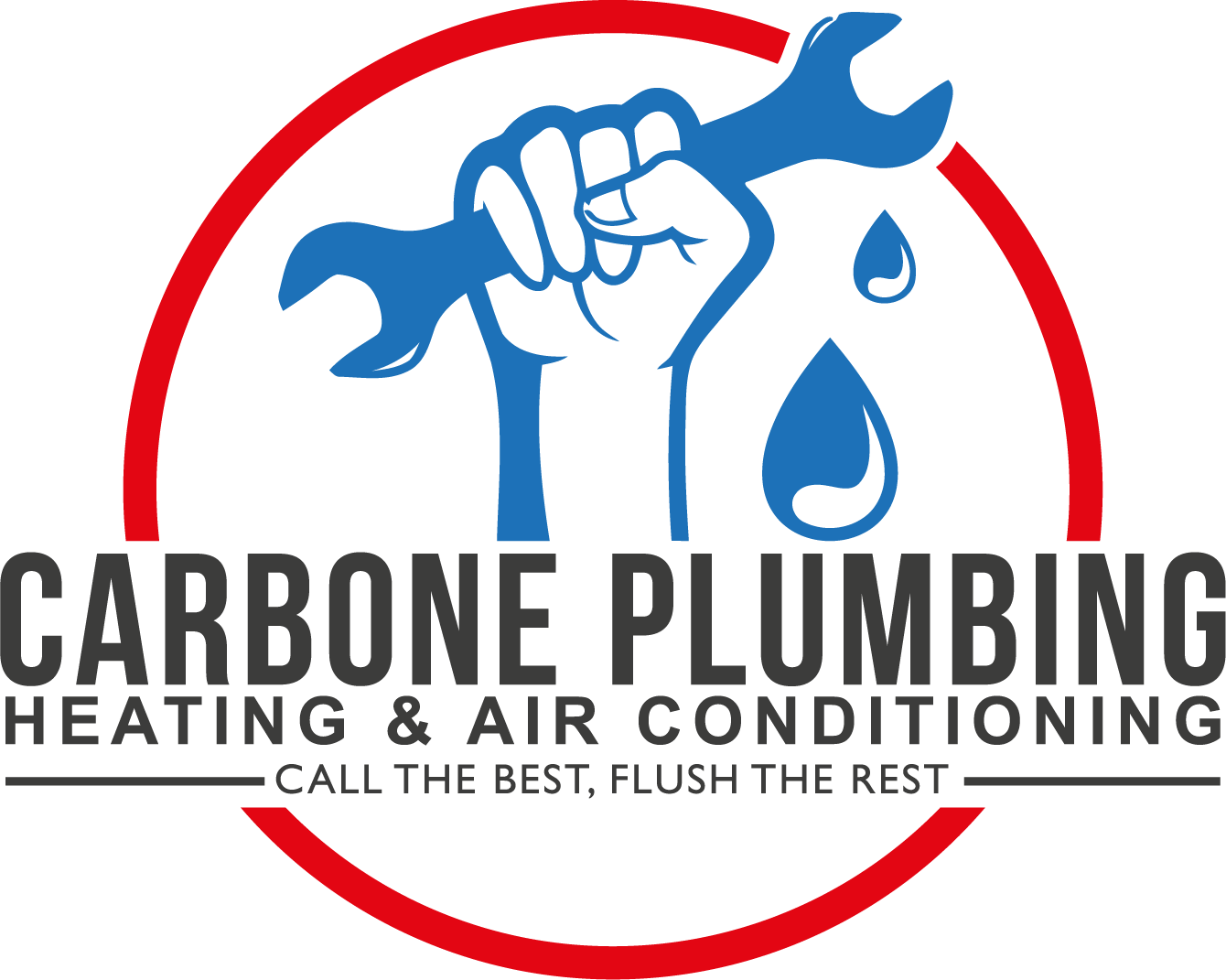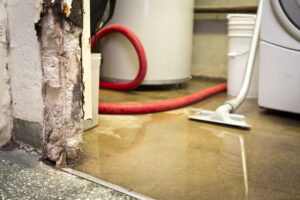When heavy rains strike New Jersey, your home is prone to flooding in its lower levels.
Sump pumps are essential in our area to combat flash floods and the ensuing water damage that can occur.
If your home doesn’t have a sump pump, you can rely on our Carboneplumbing.com/service-areas/clifton-nj-plumbing-hvac” target=”_blank” rel=”noreferrer noopener”>plumbers in Clifton, NJ for fast and professional sump pump installation.
A sump pump is one of those things that you may only need once or twice in a lifetime. But when you do need it, you really need it.
It can be a lifesaver when extreme weather or a home disaster hits and you need to arm yourself against flooding and water damage.
Here’s what you should know about sump pumps and why they’re so important.
What Is a Sump Pump?
The word “sump” is defined as a pit or hollow in which liquid collects. A sump pump is a pump that’s installed in this pit.
When there’s heavy rain that brings about flooding, or if you have a slab leak or a burst pipe, there’s the potential for water to collect at the lower levels of your home.
The sump pump’s job is to pump out this water before it can do any damage.
A sump pump automatically knows when to switch on and start doing its job. That means you don’t even have to be home to turn the sump pump on.
When the water level in the tank reaches a certain level, the sump pump automatically starts pumping it out of the house and into the wastewater system.
Where Are Sump Pumps Installed?
A sump pump will be installed in the basement of your home or for homes without a basement, at the lowest point in the crawlspace.
That’s where the floodwaters will accumulate and the spot where the sump pump can do the most good.
A technician will need to connect it to a power source and set up a venting pipe to remove the excess water from your home.
How Is a Sump Pump Installed?
Installation depends on the type of sump pump you want. There are two basic types of sump pumps. The aptly named submersible sump pump is submerged or placed under the water line in your sump pump basin. They’re usually hidden from view since they reside inside the sump tank.
Pedestal sump pumps are placed on a pedestal (another apt name) and are positioned with the motor outside of the pump pit above the sump basin. Pedestal pumps are best for small basins, as the base is submerged but the motor isn’t.
A Smart Decision for Your Home
Any homeowner who’s had to pay for water damage remediation knows just how costly and inconvenient it can be. A sump pump can guard against multiple types of flooding in your home due to moderate flooding factors. Although a sump pump can’t guard against severe flooding, you’ll get peace of mind knowing it’s in place and ready to go when it’s needed.
Carboneplumbing.com/contact/send-message” target=”_blank” rel=”noreferrer noopener”>Contact Carbone Plumbing Heating Cooling Inc. today for your sump pump installation!
The post Carboneplumbing.com/blog/plumbing-service/why-your-new-jersey-home-needs-a-sump-pump/”>Why Your New Jersey Home Needs A Sump Pump first appeared on Carboneplumbing.com/blog”>Carbone Plumbing Heating Cooling Inc..


Recent Comments